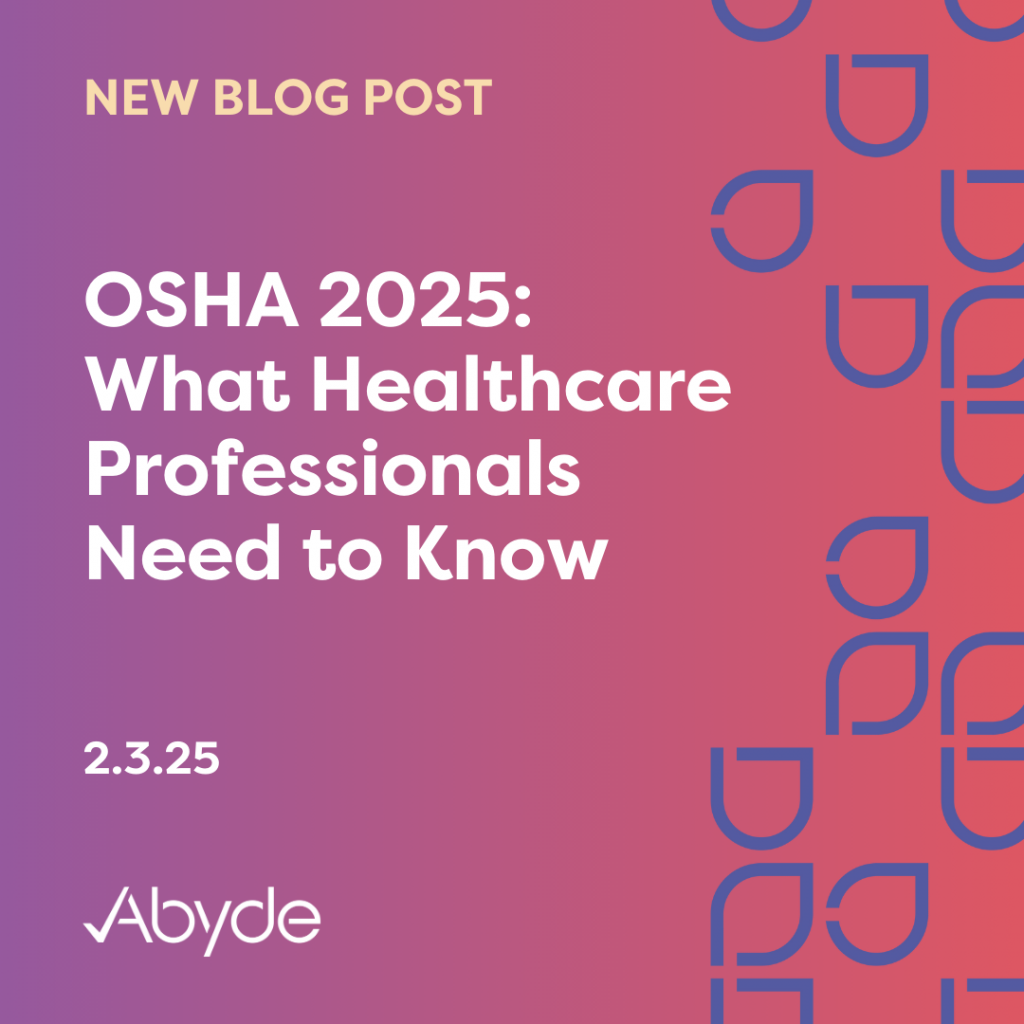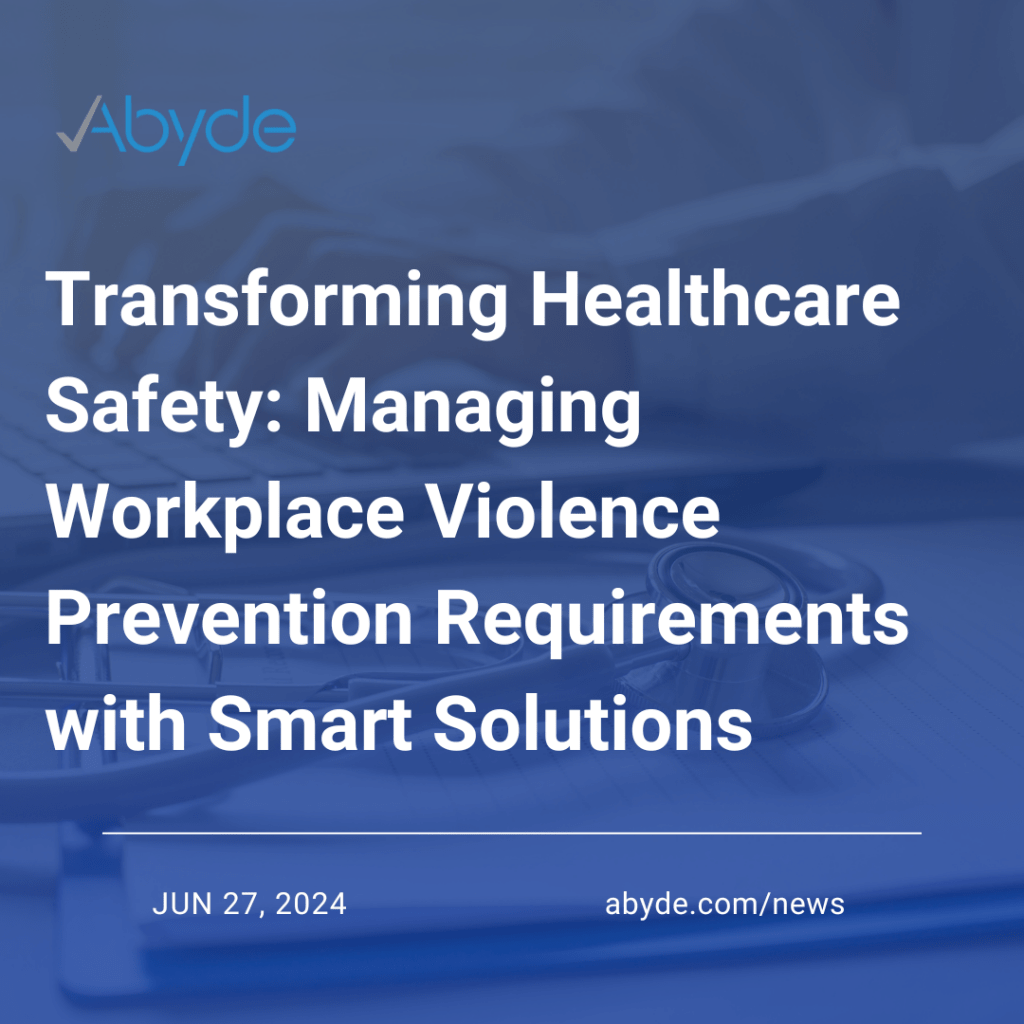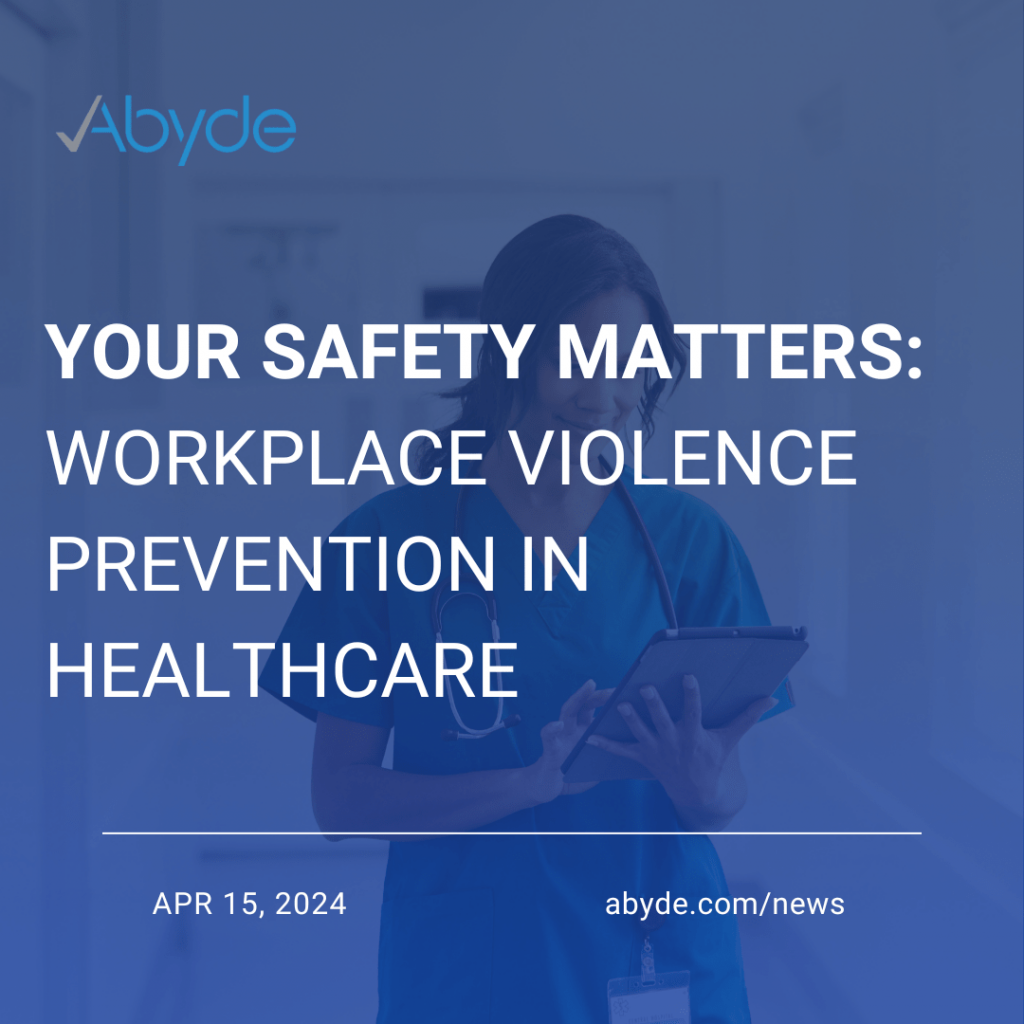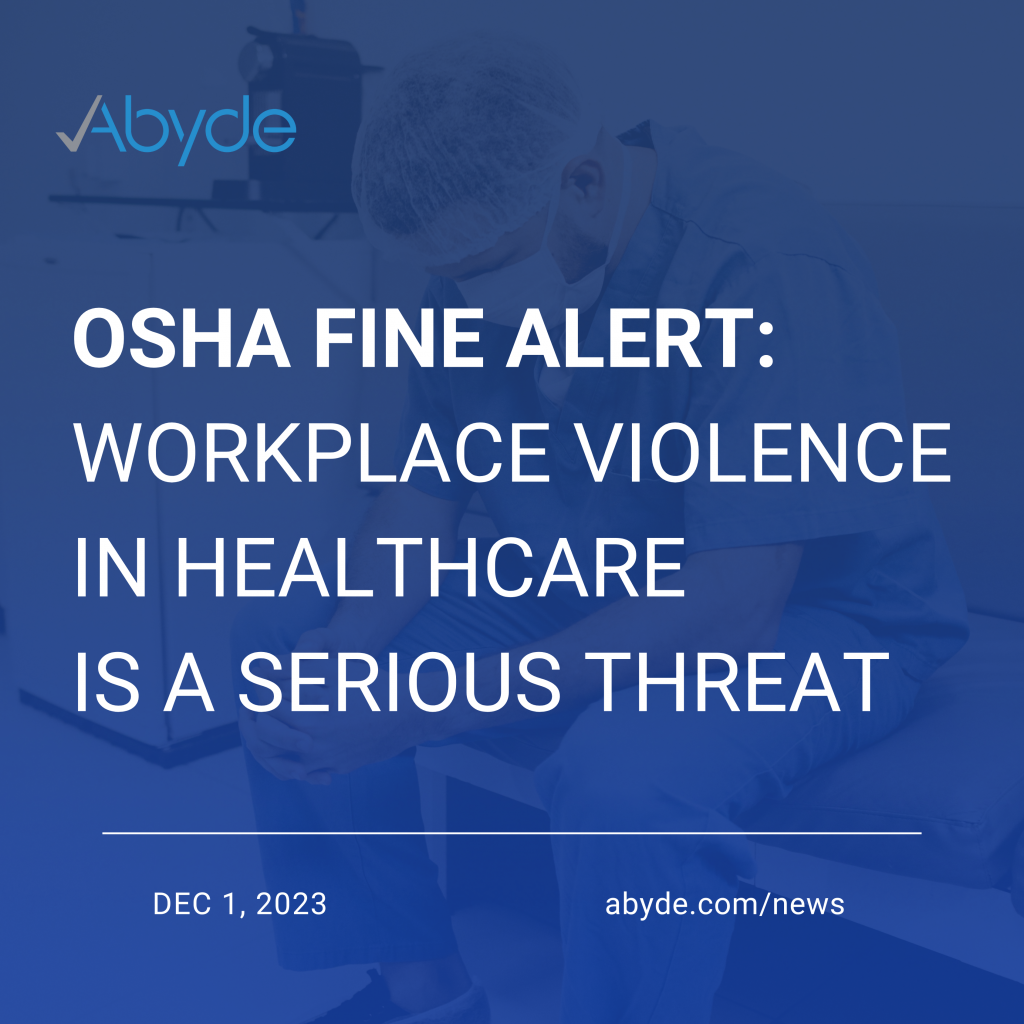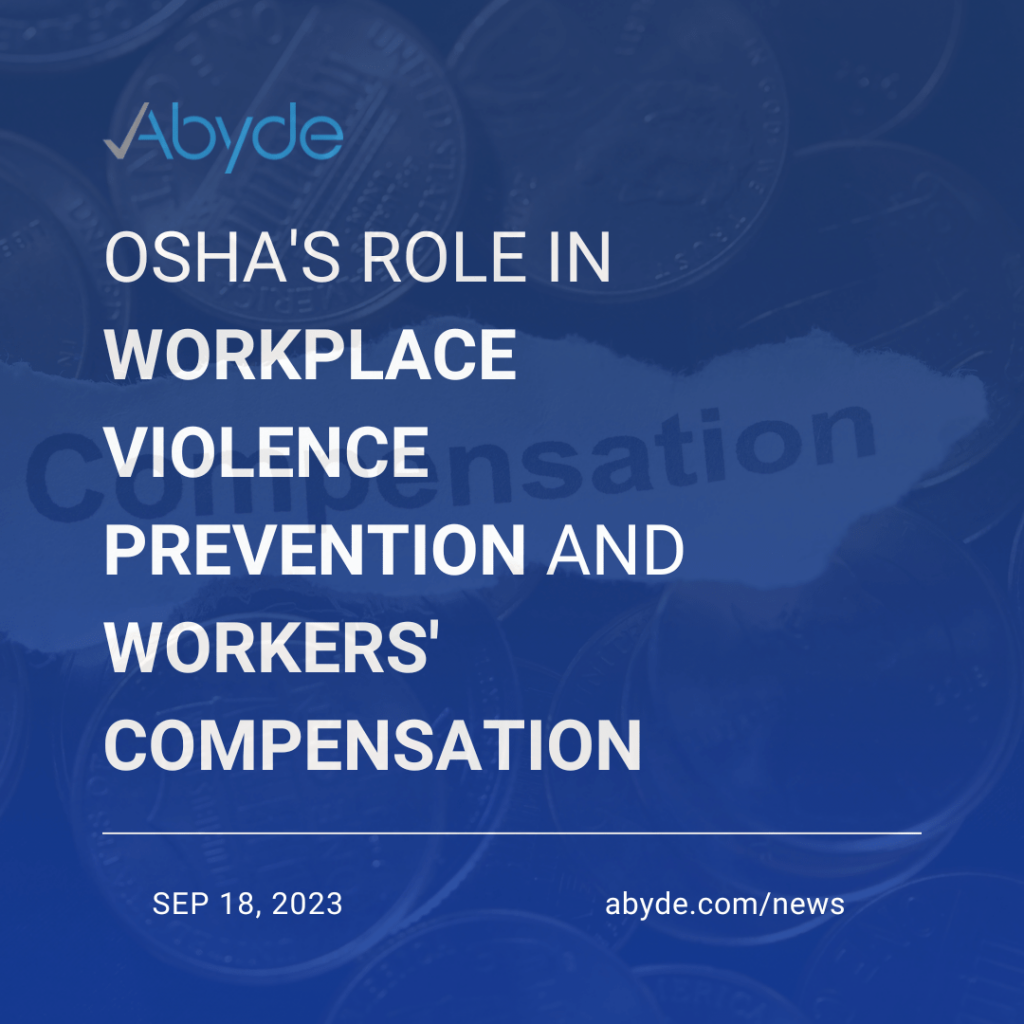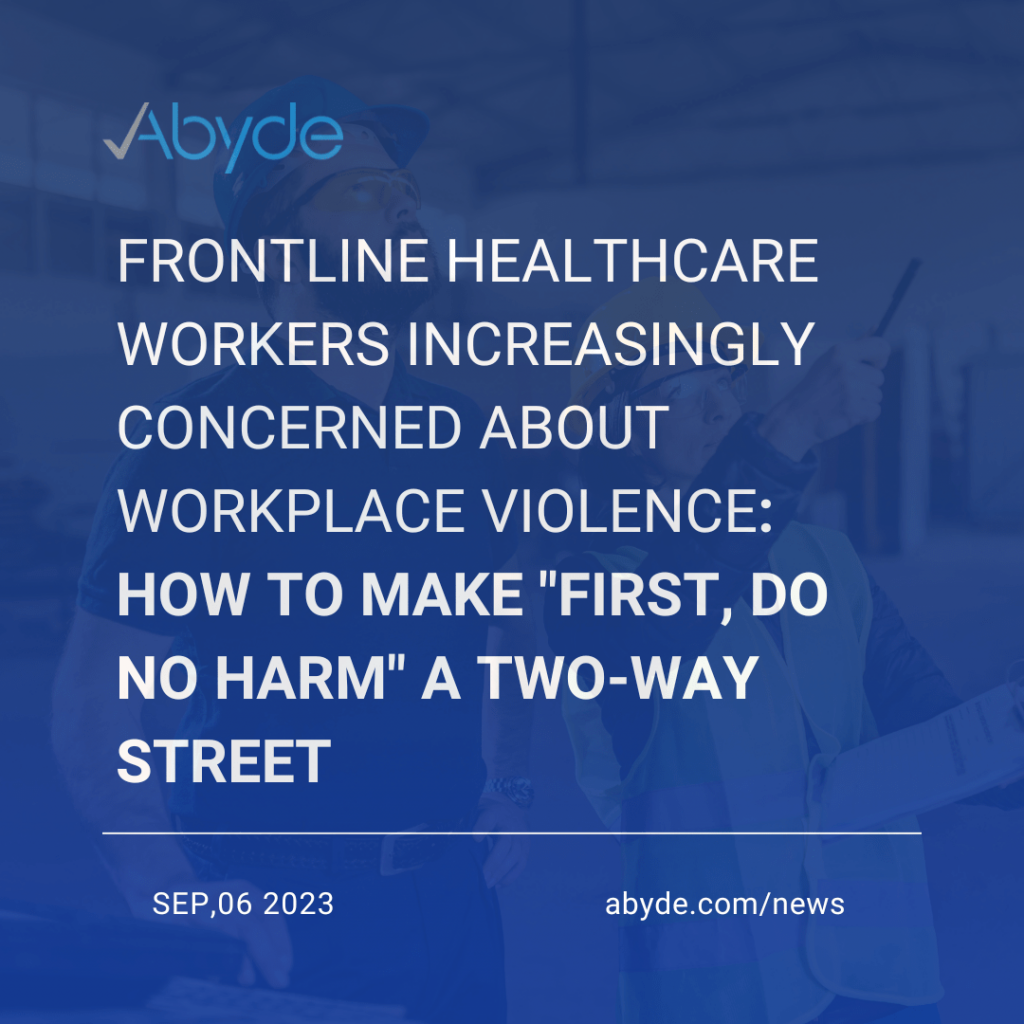February 3, 2025 We’ve already seen that 2025 will be a year of major healthcare compliance changes, with the OCR releasing the long-awaited updates to the Security Rule proposal. Similar to how HIPAA laws are being updated, OSHA will likely update key legislation for healthcare workers. Healthcare workers experience the highest rates of workplace injuries, with an average of 3.6 injuries for every 100 employees. Healthcare environments can present many hazards, so it is essential that your staff knows how to prevent and mitigate dangerous situations. While some OSHA initiatives have not been finalized, OSHA has already started the year with legislation that impacts healthcare workers. Increased Penalty Costs As seen in previous years, OSHA has once again increased its fine cost. OSHA has increased the penalty for serious and other-than-serious violations from $16,131 to $16,550 per violation due to inflation. The maximum penalty for repeated and willful violations also has been increased from $161,323 to $165,514 per violation. This highlights that OSHA is dedicated to setting an example with monetary punishment. It’s safe to say that this adjustment will continue to be an annual increase. Consolidating COVID-19 Regulations It’s an understatement to say that COVID-19 devastated and transformed healthcare. Nearly five years since it was classified as a pandemic, proposed healthcare OSHA COVID-19 regulations were officially scrapped as of early January. Over the past years, COVID-19 regulations have been altered. Emergency Temporary Standards required distinctive protocols to follow, which expired. A proposed rule for COVID-19 mitigation in healthcare settings was waiting to be passed for years. Now, specific OSHA COVID-19 legislation in healthcare will be rolled into a broader infectious disease rule, which is expected to be finalized in 2025. This comprehensive rule is expected to require COVID-19 recordkeeping log, but not much else focused on specifically COVID-19. The anticipated comprehensive rule will likely mandate a COVID-19 recordkeeping log. Federal Workplace Violence Legislation Healthcare workers are five times more likely to be attacked at work than workers in any other industry. We’ve seen state-level legislation announced requiring specific logs, training, heightened penalties, and more to mitigate workplace violence in healthcare, but federal legislation is still being drafted. Currently, workplace violence falls under OSHA’s General Duty Clause, requiring organizations to maintain “a place of employment which are free from recognized hazards.” This federal legislation is expected to be announced in 2025. It will likely mirror what state legislation requires, so please review your state’s legislation regarding workplace violence prevention in your practice. What’s Next? As new legislation is announced, it’s vital for your practice to maintain an organized OSHA program. New laws, especially focused on workplace violence prevention, will require additional training, logs, and more. Turning to smart software can allow for your practice to simplify and streamline compliance. Cloud-based software automatically updates with the latest legislation, providing your practice with a clear path to compliance. To learn more about how your practice can achieve OSHA compliance, meet with our experts today.
Transforming Healthcare Safety: Managing Workplace Violence Prevention Requirements with Smart Solutions
June 27, 2024 Workplace violence, unfortunately, is a highly prevalent experience in healthcare. Shockingly, healthcare workers are five times more likely to experience workplace violence than any other industry. Despite the challenges, healthcare workers assume an essential role, and it’s crucial for staff to feel secure and supported in their environment. Legislation at the state level ensures that all staff, regardless of industry, receive proper training and care for workplace violence. For example, California has passed a workplace violence bill, SB 553, which will take effect on July 1st. This bill will significantly impact workplaces by mandating expanded documentation, training, and other measures related to workplace violence. While this is still at the state level, several states are enacting legislation around workplace violence. While California’s SB 553 is the first to be enacted, Texas is quickly following suit, with a similar law going into effect in September. As more states pass similar laws, they’re likely to become federal legislation, meaning regardless of state, it’s important to stay informed about new requirements. What is SB 553? SB 553, California’s workplace violence bill, is one of the newest pieces of legislation drafted by CalOSHA. This bill introduces new requirements, such as an expanded injury log for specific workplace violence injuries, thorough training, and a workplace violence prevention plan (WVPP). These new elements will ensure staff is properly educated on this topic and that a process is in place if a situation arises. Similar to HIPAA documentation, this documentation must be customized to fit your specific practice or business. Using templates won’t suffice. In the event of a workplace violence incident, your team must understand the process for handling the situation and identify the risks and vulnerabilities that could most affect them. This involves outlining designated roles and responsibilities. This detailed plan is known as a Workplace Violence Prevention Plan or WVPP and is a new requirement in all workplaces in California (and more states soon to follow). This bill provides a detailed process for preventing workplace violence. If your practice already follows CalOSHA’s requirements for workplace violence in healthcare, you are exempt from this new law for the general industry. It includes requirements for thorough training, a workplace violence protection plan, and mandatory incident reporting. Just as sharps injuries must be reported separately, workplace violence incidents must also be reported separately. How Managing OSHA for Healthcare with Smart Solutions Can Help As new laws are enacted, old documentation and processes can quickly become obsolete. The compliance landscape constantly changes, so staying informed is crucial to safeguard your practice. Intelligent, cloud-based software solutions like Abyde receive frequent updates, providing your practice with the latest information necessary to keep it secure and compliant with new laws. Dynamic software also rapidly updates your policies, procedures, logs, and more, continuously updating your documentation with the latest developments. Download Abyde’s Workplace Violence Prevention checklist today to see where your OSHA program currently stands to protect your business.
Your Safety Matters: Workplace Violence Prevention in Healthcare
April 15, 2024 Hi everyone! We hope you had a nice weekend! We’re starting this week with a heavier, but necessary article. We ALL deserve to feel safe and comfortable when at work – no, ifs, ands, or buts. This is especially true for our healthcare workers. It’s a stressful job, and on top of the pressure, they shouldn’t have to worry about violence or unsafe working conditions. Unfortunately, this is not the case. Workplace violence is especially common in healthcare, disproportionately affecting healthcare workers. For example, workplace violence is FIVE more times as likely to occur in private healthcare practices and social assistance programs than in any other industry sector. This is unacceptable. But, hey, here’s a half-glass-full mindset! There’s always a way to change that! We need to create a better workplace for our healthcare employees. Today, we’re diving into the best ways to build a culture of safety and compliance in your practice, so your staff feels empowered and safe. Leading the Charge To ensure a team feels safe and secure in the workplace, their leaders must establish a culture of compliance. While we talk about a culture of compliance often, what does that mean? From leadership, means guiding and ensuring the safety of employees, having clear policies in place, providing worthwhile training, and much more. This behavior is not just after an incident, but continuously, cultivating an environment where staff feels safe and supported. All employees must feel heard and supported in the workplace, encouraging open communication about their experiences and what can be done to make the workplace even better. Employees are the heart of any healthcare setting, and their safety is paramount. To empower them to feel secure, clear reporting methods are crucial. This includes offering multiple channels, like a confidential hotline or online portal, to report any situation that raises a red flag. But safety isn’t a one-time fix. It’s a continuous journey that requires ongoing commitment from leadership. By incorporating these elements, leadership fosters a culture of compliance where staff feels safe and supported at work, knowing their concerns are heard and acted upon, ultimately creating a safer work environment for everyone. Violence? Yeah, No, Gotta Go In part of implementing a culture of compliance, ensure all staff is aware that there is a zero-tolerance policy for violence in the workplace. This policy encompasses all employees, patients, visitors, and in general, anyone who comes into contact with a practice’s employees. This zero-tolerance policy covers everything that goes beyond respectful interactions. By establishing a zero-tolerance policy, you protect your employees. By making clear consequences for workplace violence, your staff can focus on what they do best: healing others. How Abyde Can Help Workplace violence in healthcare is unfortunately an epidemic in the field. For instance, 64% of clinicians have felt physically unsafe at work. At Abyde, we believe a strong culture of compliance shouldn’t be a burden. That’s why we offer revolutionary compliance software that simplifies the process for everyone. With Abyde, all employees become active participants in creating a safe and secure work environment. By making compliance easier, Abyde empowers your staff with the knowledge and resources they need to be successful. This translates to a more confident and engaged workforce. No one deserves to feel unsafe at work, and with Abyde, we’re all taking a step towards a safer, more positive work environment for everyone. Get started on building a culture of compliance today! Email info@abyde.com and schedule a consultation here.
OSHA Fine Alert: Workplace Violence in Healthcare is A Serious Threat
December 1, 2023 The recent OSHA investigation of a South Bay correctional facility highlights the ongoing problem of workplace violence in healthcare settings. The facility failed to implement proper safety protocols, resulting in a violent attack on a nurse by an inmate. This incident underscores the critical need for healthcare employers to prioritize worker safety and comply with OSHA regulations. Key Takeaways from the South Bay Incident: Abyde: Your Partner in Healthcare Compliance Abyde understands the unique challenges of healthcare organizations in ensuring worker safety and compliance. We offer a comprehensive suite of solutions to help: Protect Your Workers and Avoid Legal Ramifications Failing to prioritize workplace safety can have serious consequences for healthcare organizations, including legal action, fines, and reputational damage. By partnering with Abyde, you can proactively comply with regulations and create a safer environment for your staff. Click here to learn more about Abyde’s solutions for healthcare compliance and worker safety. Additional Resources:
OSHA’s Role in Workplace Violence Prevention and Workers’ Compensation
September 18, 2023 Workers’ compensation is a state-mandated insurance program that benefits employees who are injured or become ill on the job. OSHA, or the Occupational Safety and Health Administration, is a federal agency that oversees workplace safety and health. Workers’ Compensation and Workplace Violence Workplace violence is a serious problem that can have devastating consequences for employees and employers alike. Workers’ compensation covers employees injured or killed in workplace violence, regardless of who was at fault. Types of Workplace Violence Claims Covered by Workers’ Compensation Workers’ compensation covers a wide range of workplace violence claims, including: Types of Workplace Violence Claims Not Covered by Workers’ Compensation Workers’ compensation does not cover all workplace violence claims. For example, claims may be denied if the employee was the initial aggressor or if the injury occurred outside the course and scope of employment. Other Risks of Workplace Violence to Employers In addition to workers’ compensation claims, employers who fail to take reasonable steps to prevent workplace violence may also face civil lawsuits from employees and other parties. Preventing Workplace Violence There are a number of things that employers can do to prevent workplace violence, including: What to Do When Workplace Violence Occurs If a workplace violence incident does occur, employers should take the following steps: OSHA’s Role in Workplace Violence Prevention OSHA does not have specific standards for workplace violence prevention. However, OSHA does have measures that can help to prevent workplace violence, such as workplace violence prevention training and hazard assessments. Conclusion Workplace violence is a serious problem that can have devastating consequences for employees and employers alike. By taking steps to prevent workplace violence and providing workers’ compensation benefits to injured employees, employers can help protect their workers and their businesses. Resources
Frontline Healthcare Workers Increasingly Concerned About Workplace Violence: How To Make “First, Do No Harm” A Two-Way Street
September 6, 2023 We’ve all heard the phrase, “Laughter is the best medicine.” Yet, a growing concern among frontline healthcare workers casts a long shadow over their ability to provide care with a smile. The issue? Workplace violence. Though this topic is far from a laughing matter, it’s vital to address it in a manner that balances its seriousness with some much-needed optimism. After all, being informed and prepared is half the battle won. The Rise of Workplace Violence in Healthcare Settings According to a recent Occupational Safety and Health Administration (OSHA) study, healthcare professionals are at an elevated risk of experiencing workplace violence. Whether it’s verbal abuse or physical altercations, the threat is very real and affects the entire healthcare ecosystem. It’s not just medical doctors and nurses; even administrative staff, EMTs, and maintenance workers have found themselves receiving violent behavior. This is a concern because it affects the workers and patient care. Why The Concern? When healthcare workers must be on their guard, they cannot entirely focus on patient care. This, in turn, can lead to avoidable mistakes and decreased job satisfaction. Moreover, workplace violence can lead to significant emotional stress, leading to burnout and increased turnover rates. An Ounce of Prevention is Worth a Pound of Cure Healthcare workers are already heroes for battling ailments and saving lives; they shouldn’t have to be action movie stars dodging conflicts, too. Employers can take various measures to ensure a safer environment. These could include: The Silver Lining The healthcare industry is aware of these challenges and is actively working towards implementing solutions. Several state legislatures are already considering bills increasing the penalties for assaulting healthcare workers. Technological innovations such as panic buttons, video cameras, and advanced communication systems are also being implemented. Furthermore, medical associations offer stress-management courses to help healthcare workers cope. “First, do no harm” is the cornerstone of healthcare, and it’s high time we ensure this principle works both ways. As we look to the future, we can take comfort in the collective efforts being made to safeguard our frontline healthcare workers. Workplace violence is a critical issue, but by acknowledging it openly and working together to find practical solutions, we’re not just saving the saviors but also ensuring better care for all patients. Let’s tackle this issue head-on so our healthcare heroes can return to spreading smiles, one patient at a time!
